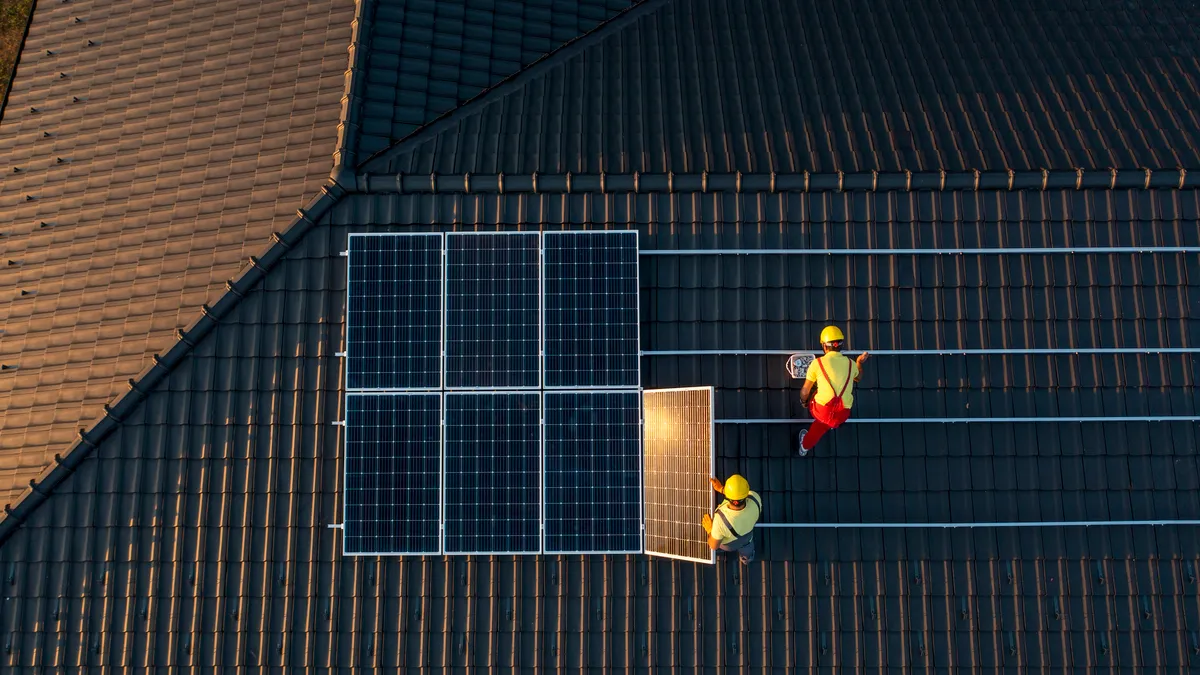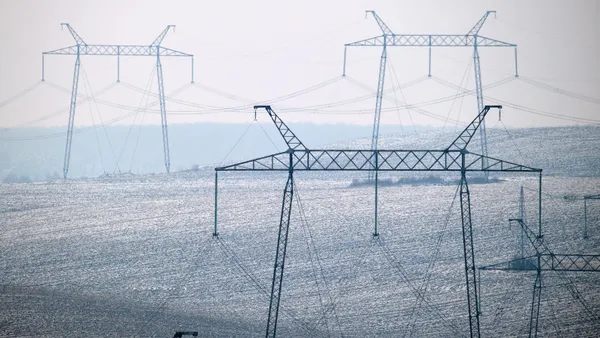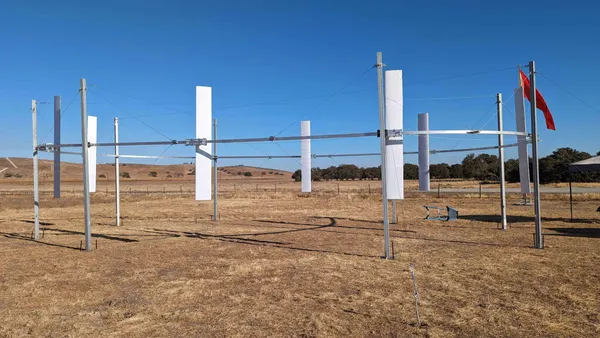Energy storage installations boomed last year, almost doubling cumulative capacity to around 16 GW from 8 GW in 2022, and bringing total hybrid project capacity online now to over 30.7 GW, said the American Clean Power Association in its 2023 annual market report.
Solar-plus-storage made up 95% of the 11 GW of new hybrid capacity brought online last year, and total hybrid installations rose 90% from 2022 to 2023, “setting a new record in the hybrid space,” said ACP’s report.
Solar developers deployed a record 32 GW of capacity last year — the first time that the industry exceeded 30 GW of installations in a single year, according to the Solar Energy Industries Association and Wood Mackenzie.
“If solar played the leading role in this industry this year, energy storage was certainly a co-star,” said John Hensley, ACP’s vice president of markets and policy analysis, in a press call about the report. “We are starting to see that hockey stick curve of growth that we like to see for a new industry ... Building new storage projects has never been more attractive in this country.”
Some of the factors boosting storage are the Inflation Reduction Act’s investment tax credit for standalone energy storage, the boom in solar generation capacity, “as well as the advantage of being able to sell power during high peak demand times amid evermore extreme weather events and volatile power prices,” Hensley said.
A little more than half of battery storage projects operating today are hybrid projects, the report said, as hybrid projects have become “increasingly popular ... largely due to the structure of federal tax credits.”
ACP’s report indicates that demand for battery storage “will likely continue to significantly outstrip domestic manufacturing capacity,” Roger Miksad, president and executive director of Battery Council International said in an email.
During the press call, ACP CEO Jason Grumet said he thinks “some of the most interesting news” from the last year is storage.
“The potential there is tremendous,” Grumet said. “I think for the last few years, people have thought of storage as kind of a niche technology, and we are now revealing the truth that storage is core to the American economy and future of the power sector.”
However, Grumet and Hensley said the future of the clean energy industry in the U.S. continues to be threatened by a lack of new transmission.
“Consider that in 2023, we added just 255 miles of high voltage lines across the country. And that after a very slow 2020 and 2021, which saw just 67 miles and 358 miles built, respectively,” Hensley said. “It’s just not the pace that we need to keep this industry moving.”
This story has been updated to include a comment from Battery Council International.














